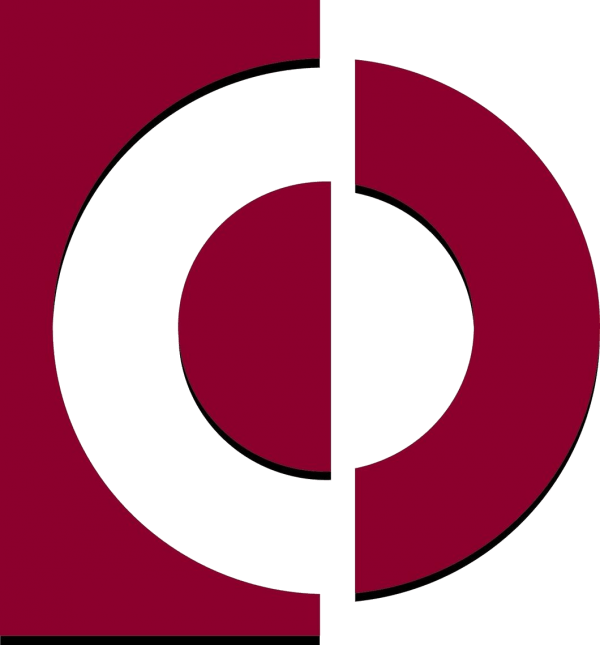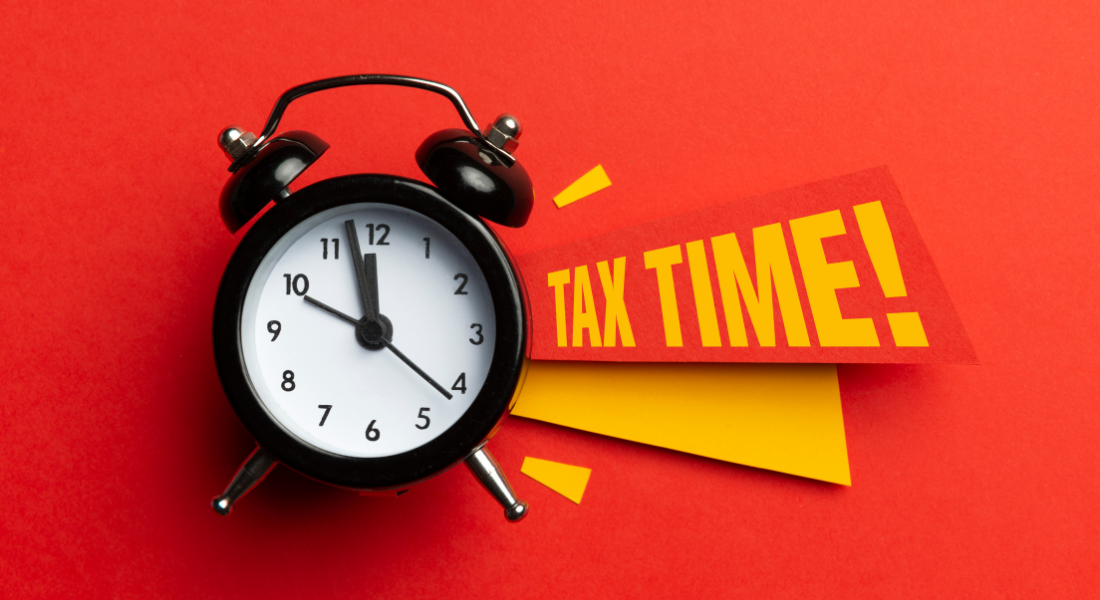10 General Accounting Terms You Need To Know
January 30, 2020
For many of us, accounting can be a confusing subject but it is also one of the tasks that every business owner has to deal with. Regardless of if you intend to do your own bookkeeping or hire professionals, it is important to become familiar with some of these basic accounting terms.
10 General Accounting Terms You Need To Know
- General Ledger. This is the full and thorough recording of a company’s financial transactions over the life of the organization. This is where all business transactions are recorded such as sales, office expenses, credit purchases, and income losses. It is critical to be diligent in recording all transactions in the general ledger.
- Assets. Assets are what is known as the wealth that has been accumulated by the business and is owned outright without lien or loan. Examples of assets include; cash, temporary investments, accounts receivable, inventory, long-term investments, land, buildings, tools, equipment, furniture, fixtures, vehicles, goodwill, and more.
- Revenue. Revenue is what is known as the income that a business has from its normal business activities, usually from the sale of goods and services to customers. Revenue is also referred to as sales or turnover.
- Loss. When a service or product sells for less than what it cost to supply or manufacture it, or when expenses have gone above revenues of a particular asset, it's called a loss.
- Accounts Receivable. Accounts receivable is money owed to a company by its debtors as payment for goods or services. A company’s balance sheet will reflect accounts receivable as creditable as it is owed by customers or clients to the business after goods or services have been delivered and/or used.
- Accounts Payable. This is the amount of money a company owes creditors or suppliers in return for goods and/or services they have delivered.
- Gross Margin. The gross margin or profit is the overall number of sales that have been made, subtracted by the associated costs, such as manufacturing costs, wholesales costs, material, and supplies.
- Capital. Capital is the financial asset or the value of a financial asset, such as cash or goods. While money is used to purchase goods and services for consumption, capital is more reliable and is used to generate wealth through investment.
- Profit And Loss. A profit and loss statement is a financial statement that is used to summarize a company’s performance and financial position by reviewing revenues, costs, and expenses during a specific period of time, such as quarterly or annually.
- Forecasting. Forecasting is the practice of using a company’s historical financial data to predict future business trends. Businesses generally use it to estimate budgets for a specific period, as well as using it to predict things like sales, gross profits, the value of an asset, or how long it will take to pay off long-term debt. Forecasts often include supply and demand figures, sales records, and expenses.
The Takeaway
Entering into the accounting field can be daunting initially with all of the new terminologies to learn. Take a few minutes to learn some of these terms to ensure you don't feel left out in conversations because you aren't sure what someone is talking about.
Contact us
today, at Cartier CPA's
our goal is to provide clients with the highest level of respect and quality of service.










